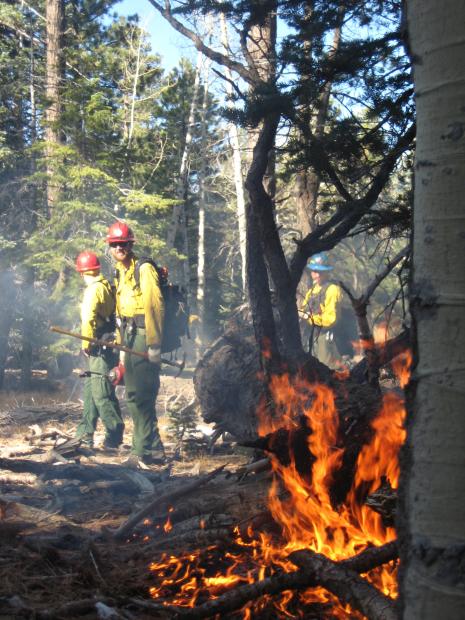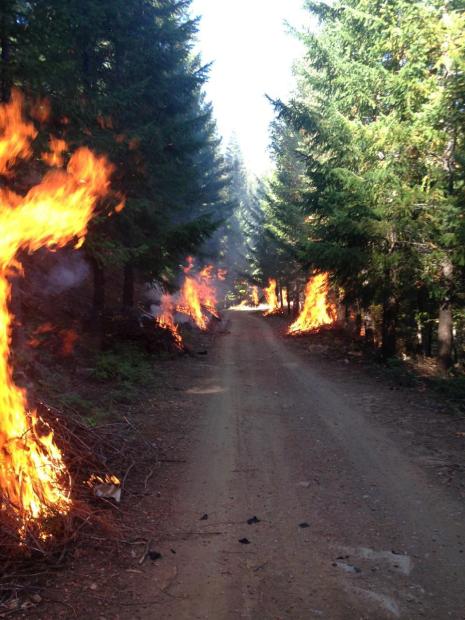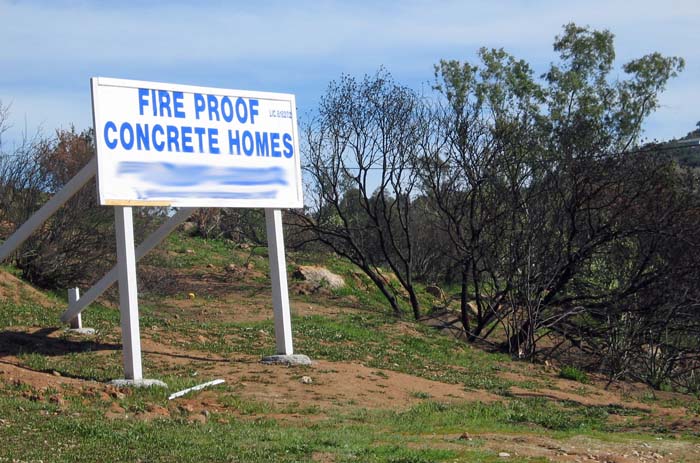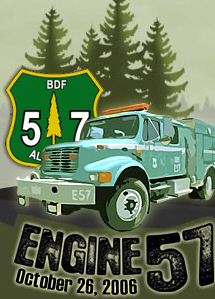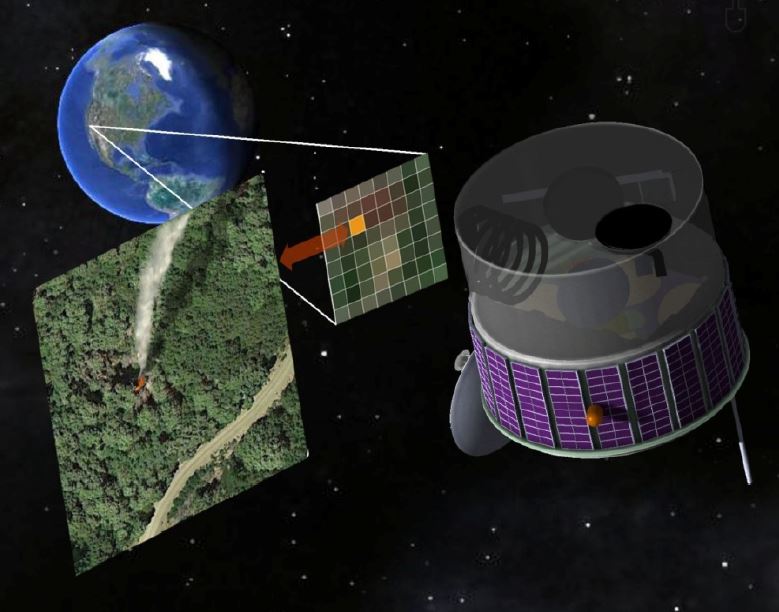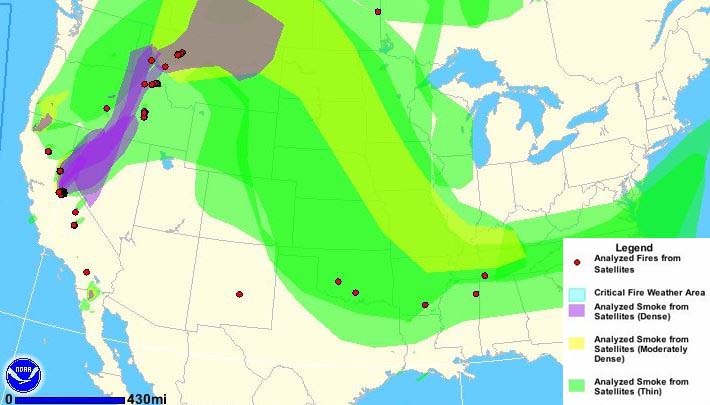Smoke creates health problems in Australia
Smoke from wildfires and prescribed fires is being blamed for increased visits to hospitals in New South Wales. On Monday when air quality was at its worst, the number of people treated for asthma in hospitals more than doubled. In recent weeks Sydney has been inundated with smoke from bushfires, but since the weather moderated a week or so ago smoke from prescribed fires, or “backburns”, has replaced it.
Landowners are motivated to use fire to reduce the hazards around their property by insurance companies that impose higher premiums if they don’t have a buffer around their improvements. Some of them are taking advantage of the favorable weather to conduct the backburns before the normal beginning of the bushfire season in December.
Australian government warns operators of UAVs who operate over fires
In what may be a reaction to a stunning video and others taken by unmanned aerial vehicles over bushfires, Australia’s Civil Aviation Safety Authority issued a warning to the operators of small UAVs, saying they are putting fire fighting operations at risk and should be aware of appropriate regulations.
Catastrophic wildfires in Colorado ignite new center for managing ‘WUI’ wildfire risk
Colorado State University’s Department of Forest and Rangeland Stewardship is launching a new center dedicated to creating and applying the next generation of wildfire management solutions. The Center for Managing Wildland Urban Interface (WUI) Wildfire Risk will provide science-based answers to critical questions raised by the most destructive wildfires in Colorado’s history. The Center for Managing WUI Wildfire Risk will provide science-based answers to critical questions raised by the most destructive wildfires in Colorado’s history.
Catching up with Fire Aviation
Recent articles at Fire Aviation:
- Disney to release animated wildfire aviation movie
- V-22 Tilt-Rotor Osprey as a firefighting aircraft
- K-MAX helicopter converted to unmanned aircraft system
- Slow-motion video of Lockheed Electra L-188 retardant drops
- 10 Tanker Air Carrier moves to Albuquerque, begins converting a third DC-10
- Two Aircraft crashes in Australia connected to bushfires
- Stunning UAV video of bushfire
- Airliner painted to honor FDNY firefighters
- Airbus begins tests of C295 air tanker
- 2013 Airtanker and Water Scooper Forum
Prescribed fire projects underway
